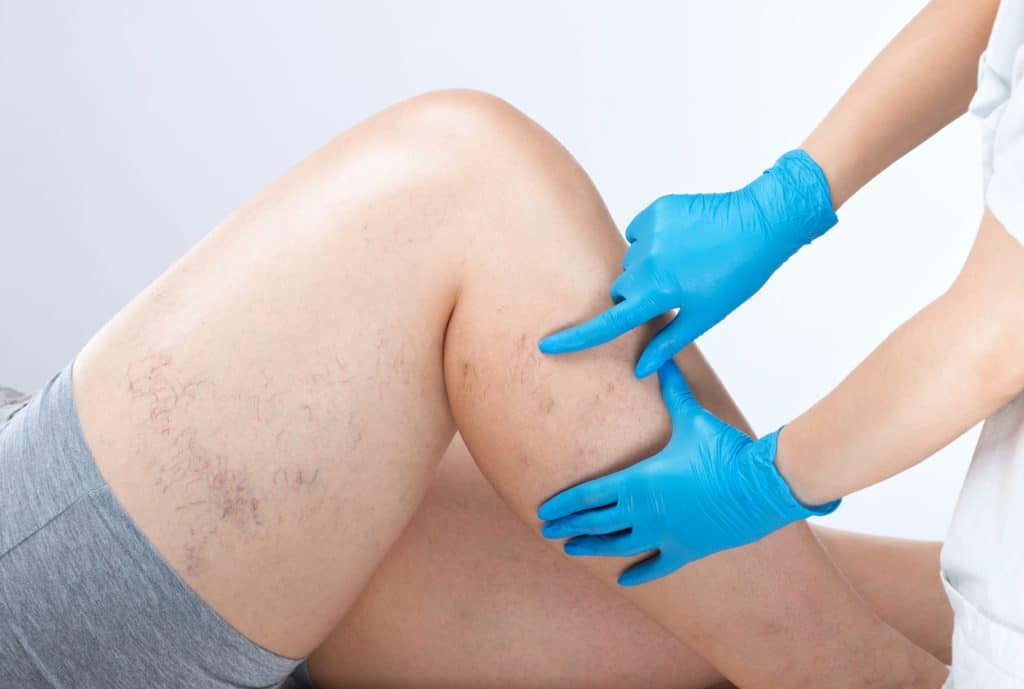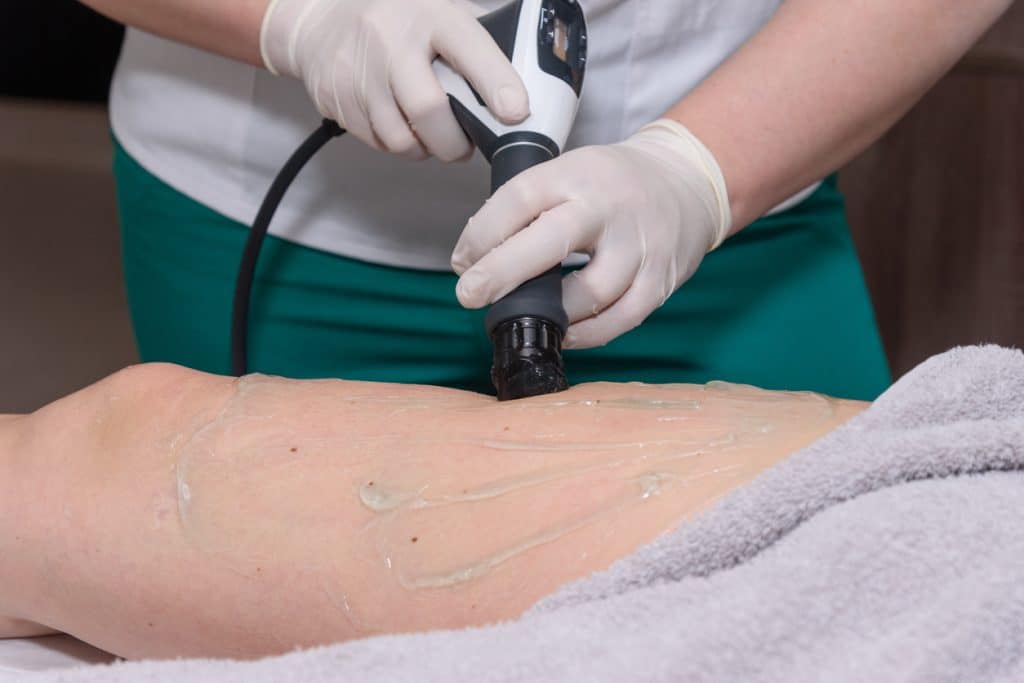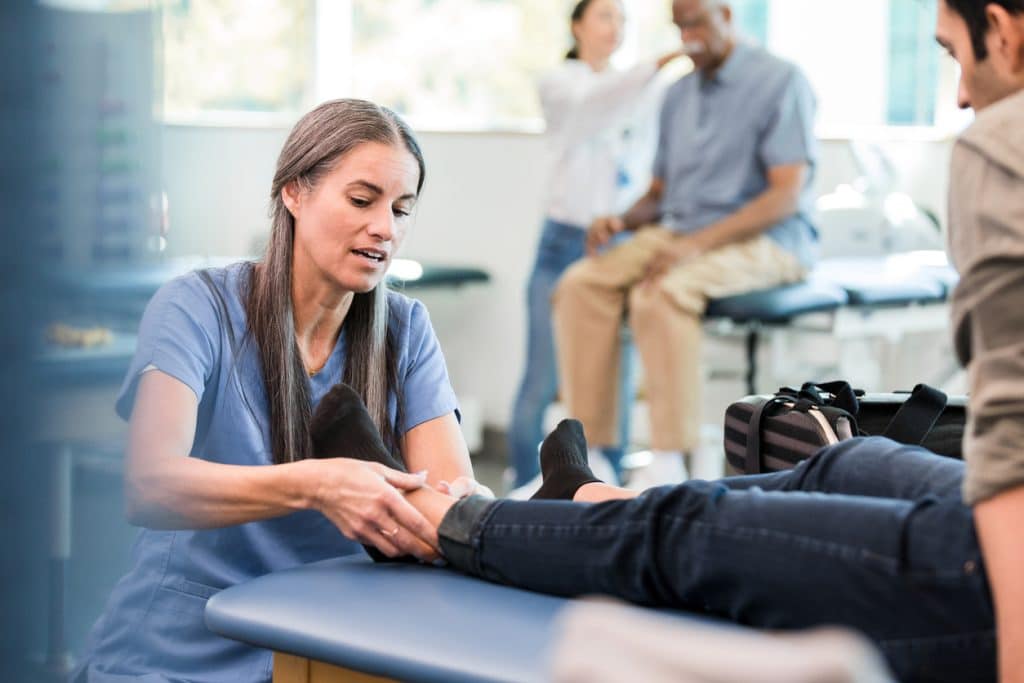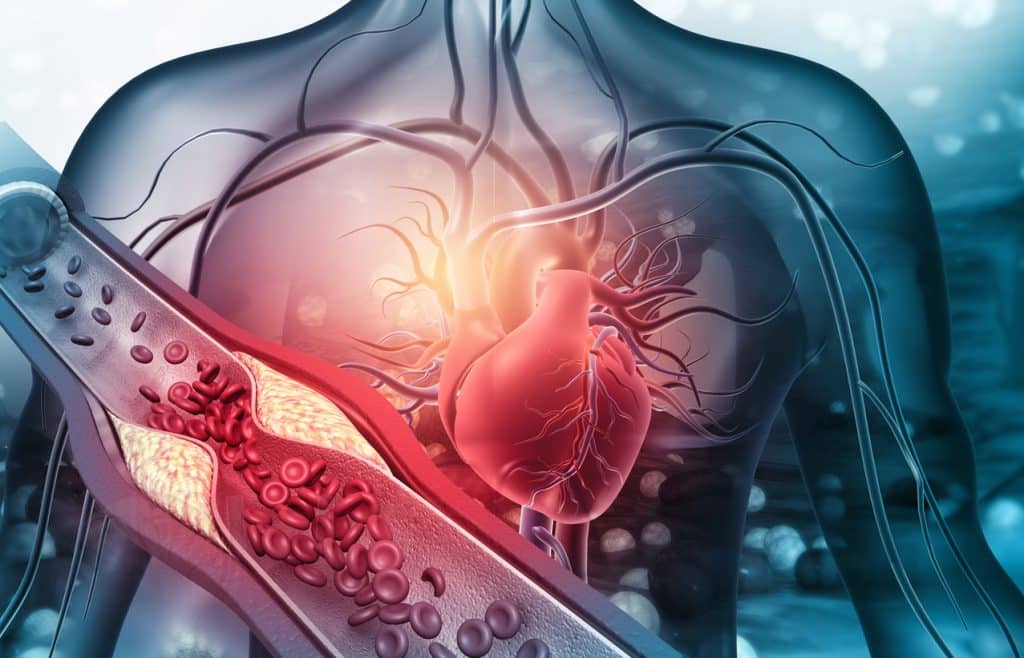At Coastal Vascular Center, we are committed to not just treating but educating our patients and community during National Peripheral Arterial Disease Awareness Month. Peripheral arterial disease (PAD), also known simply as arterial disease, is a formidable condition affecting millions, potentially leading to serious complications if left unaddressed. Here’s an expanded look at the critical facts everyone should know about PAD.
1. PAD: A Marker of Systemic Atherosclerosis
Peripheral arterial disease is often a sign of broader cardiovascular issues. Atherosclerosis is often a prime culprit. This condition involves the clogging of arteries which restricts blood circulation. Importantly, individuals with PAD are at an increased risk—four to five times more likely—of experiencing heart attacks or strokes. Early detection and treatment can save lives. Thus, helping you prevent a heart attack, stroke, or kidney failure.
2. Recognizing the Symptoms of PAD
PAD can be a silent disease for many, making its detection particularly challenging. Symptoms vary widely, but key signs include:
- Claudication: Painful cramping in the legs induced by exercise, alleviated by rest.
- Decreased mobility: Difficulty walking or a decline in walking distances.
- Critical limb ischemia: Severe cases may experience persistent pain at rest, non-healing wounds, or gangrene.
It’s vital to report any such symptoms early to differentiate PAD from other causes like arthritis or neuropathy and to initiate appropriate interventions.
3. Smokers are at high risk for Arterial Disease
The risk of Arterial Disease increases by four times in those who smoke or have a history of smoking. So stay clear of cigarettes!
For example, researchers at Harvard Medical School found that the more cigarettes a woman smokes daily, the more likely she is to develop PAD. Women who quit smoking are less likely to develop Arterial Disease.
4. The Age Factor
People over 50 need to monitor and frequently discuss leg pain or mobility issues with their doctors. Leg pain is not a natural aging symptom and should always be evaluated to rule out PAD or other serious conditions.
5. Diabetes and PAD: A Dangerous Combination
Diabetes significantly escalates the risk of PAD, which in turn increases the likelihood of amputation or even death. Particular ethnic groups, such as African Americans and Hispanics, show higher PAD prevalence rates even after adjusting for other factors, which necessitates targeted screening and management approaches in these populations.
6. PAD: Often Overlooked and Undiagnosed
Peripheral Arterial Disease (PAD) has symptoms like other illnesses. So, your doctor may not have considered PAD at first. PAD is often underdiagnosed and undertreated. Most patients have asymptomatic disease. Also, only a small percentage have classic claudication.
If you suspect that you have peripheral artery disease, then contact Coastal Vascular Center. We will offer to arrange a consultation with Dr. Ayar. He will conduct a full evaluation and review the test results with you. If you are diagnosed with having PAD based on those results, then we will discuss treatment options and next steps
7. Emphasizing Prevention
While certain risk factors can’t be altered (age, genetics, race), lifestyle choices play a pivotal role in managing PAD risks. Recommendations include:
- Adhering to a heart-healthy diet low in saturated and trans fats.
- Maintaining an active lifestyle.
- Keeping vital health markers (blood pressure, cholesterol, glucose levels) within optimal ranges.
- Achieving and maintaining a healthy weight.
Take Action: Don’t Ignore PAD Symptoms
If you experience leg discomfort, changes in your walking habits, or non-healing foot wounds, don’t disregard these symptoms. Early consultation at Coastal Vascular Center can lead to timely and effective treatment, significantly altering outcomes.
At Coastal Vascular Center, our doors are always open for consultation, providing expert advice and cutting-edge treatments designed to address the unique needs of those suffering from PAD and other vascular disorders.




